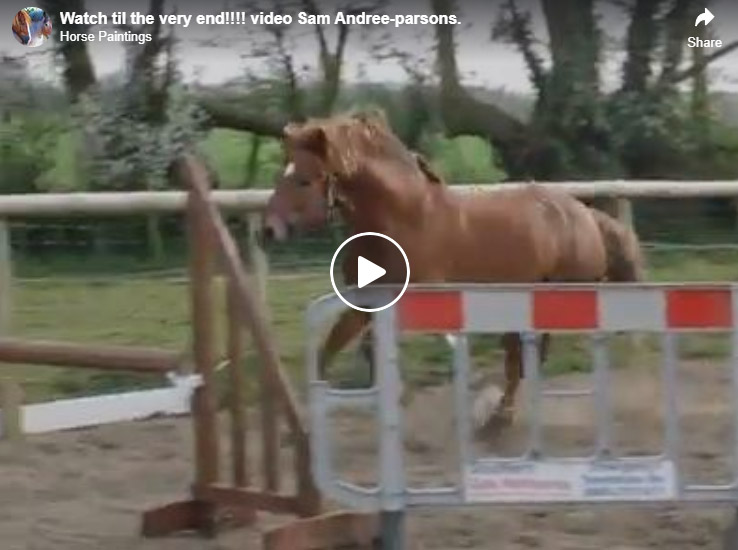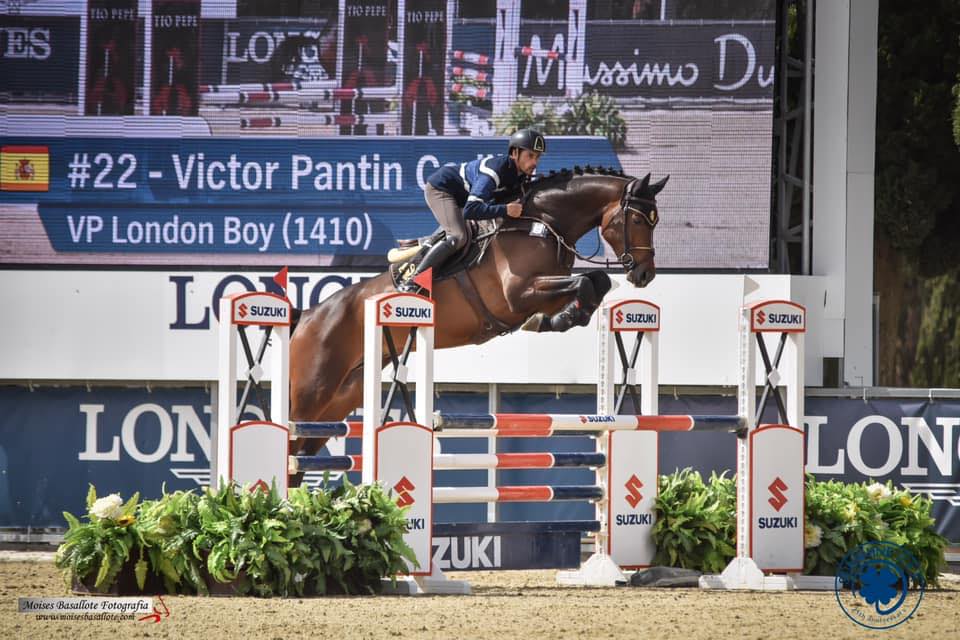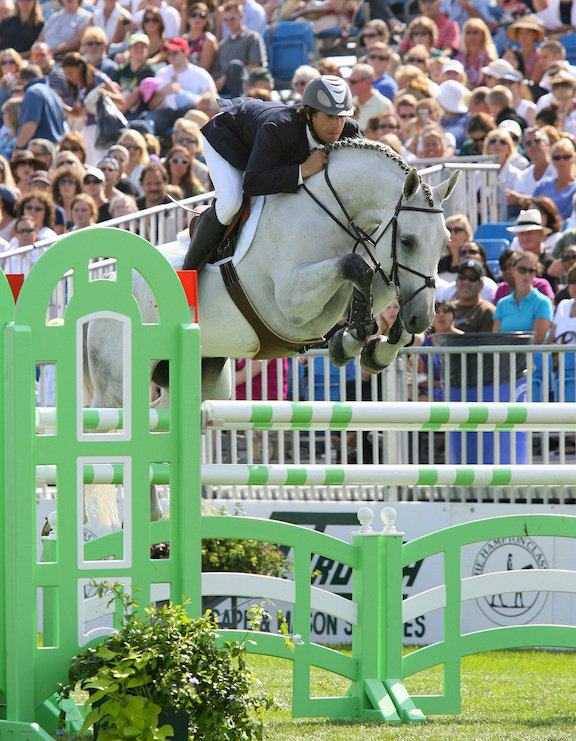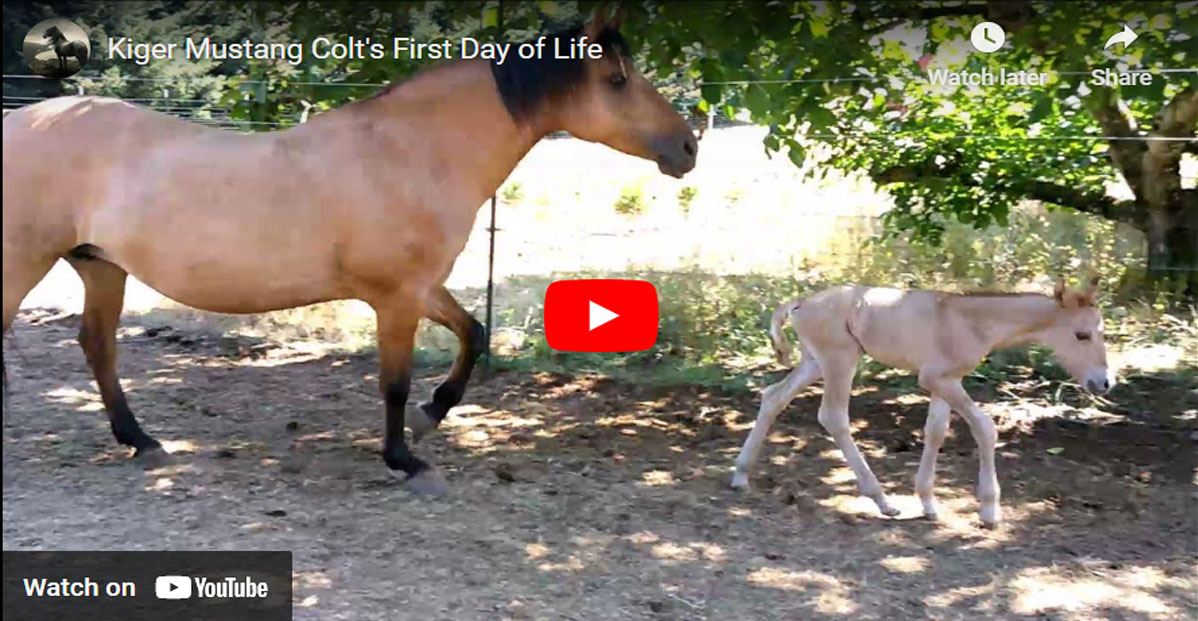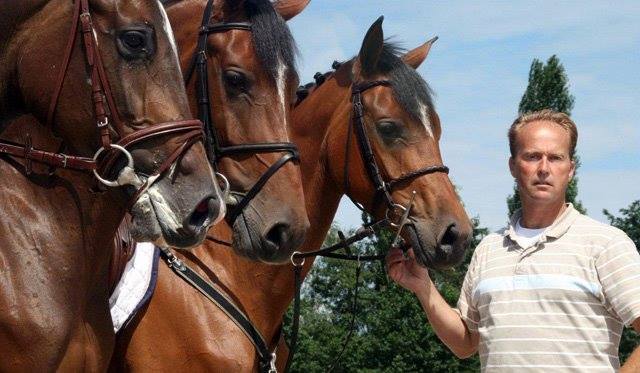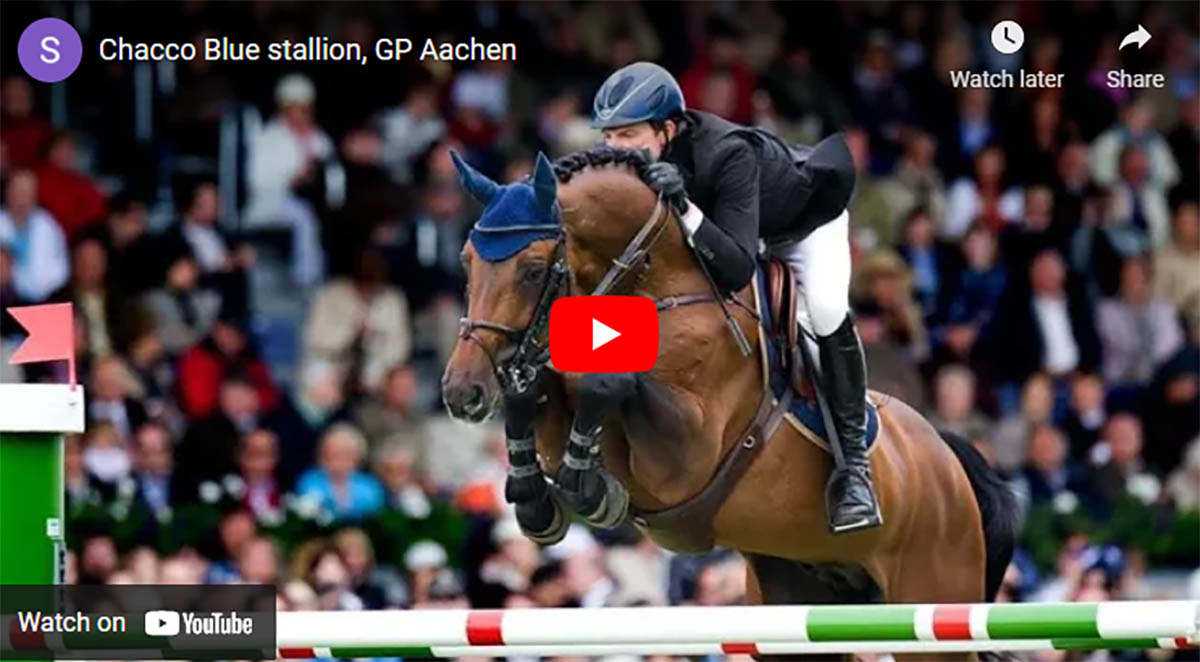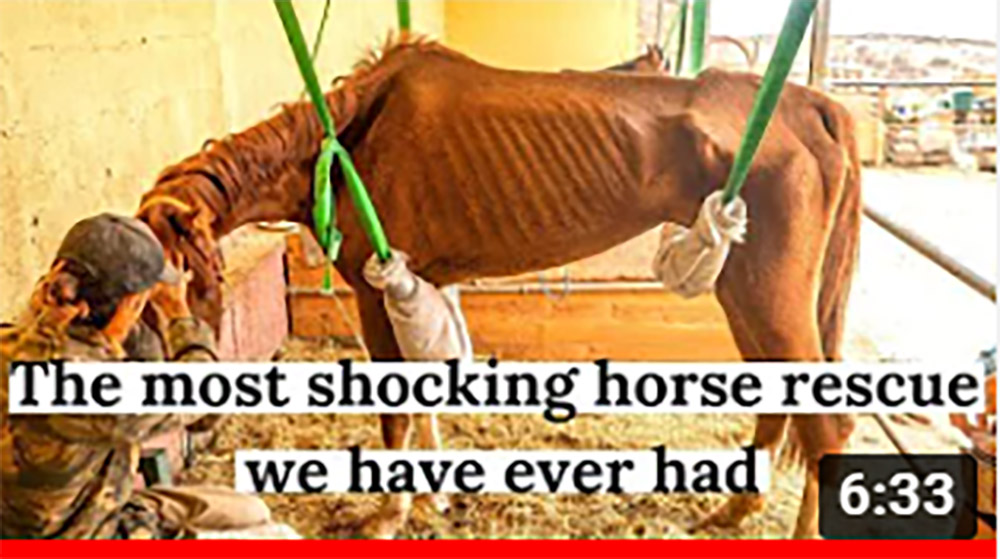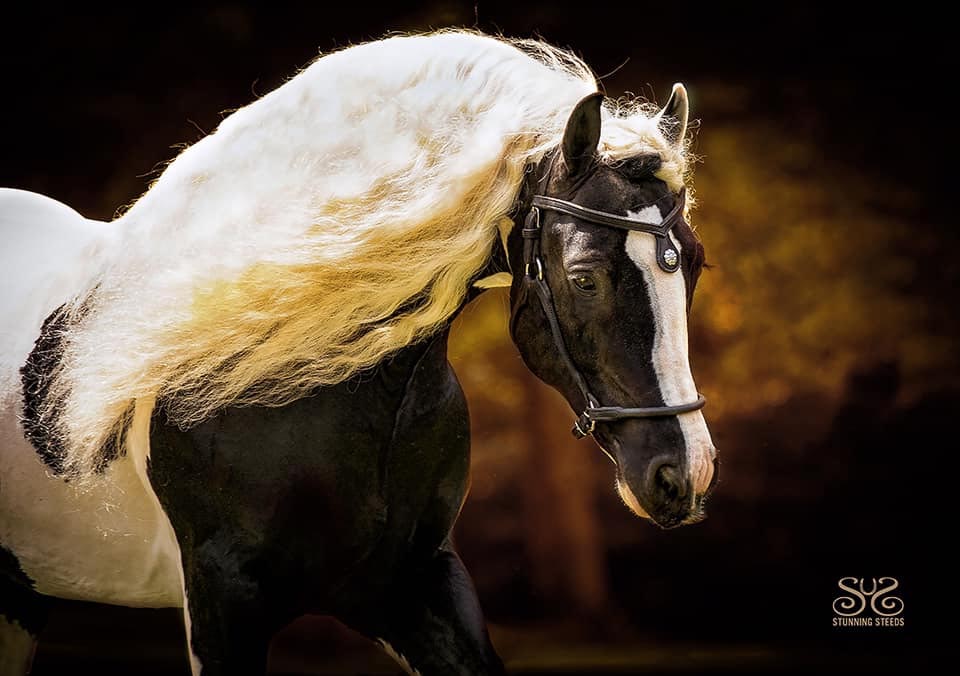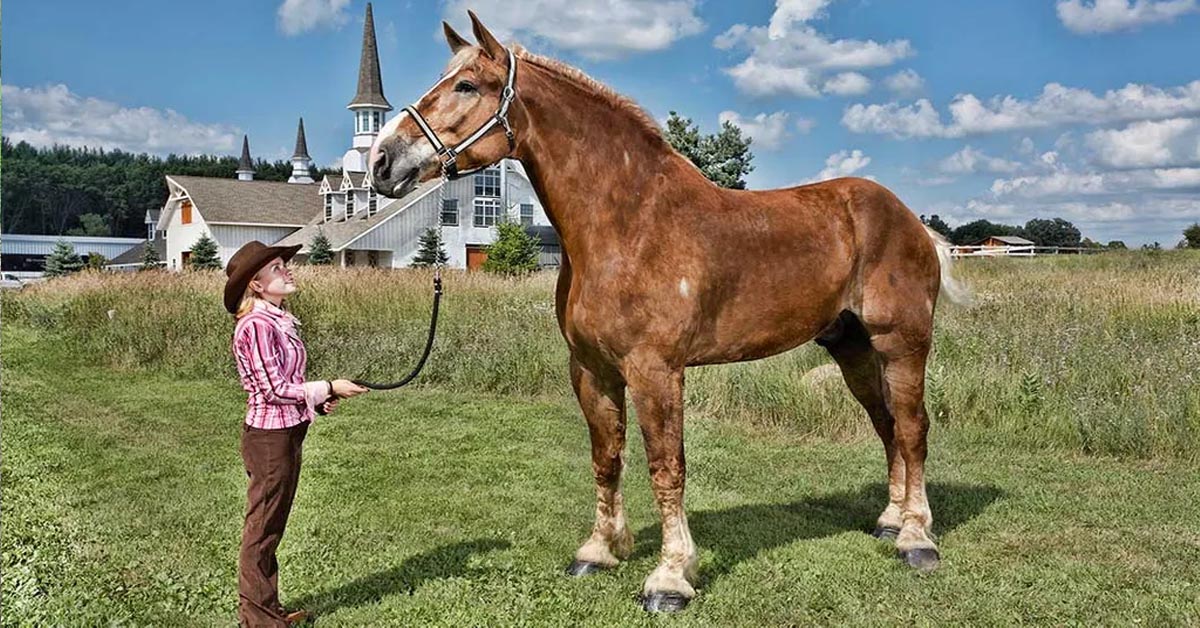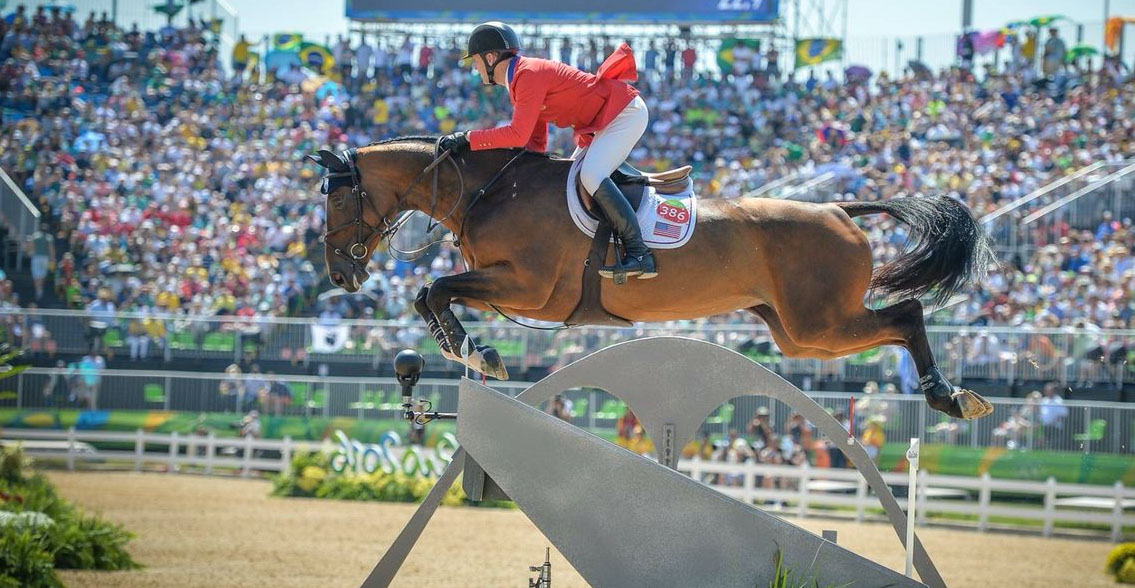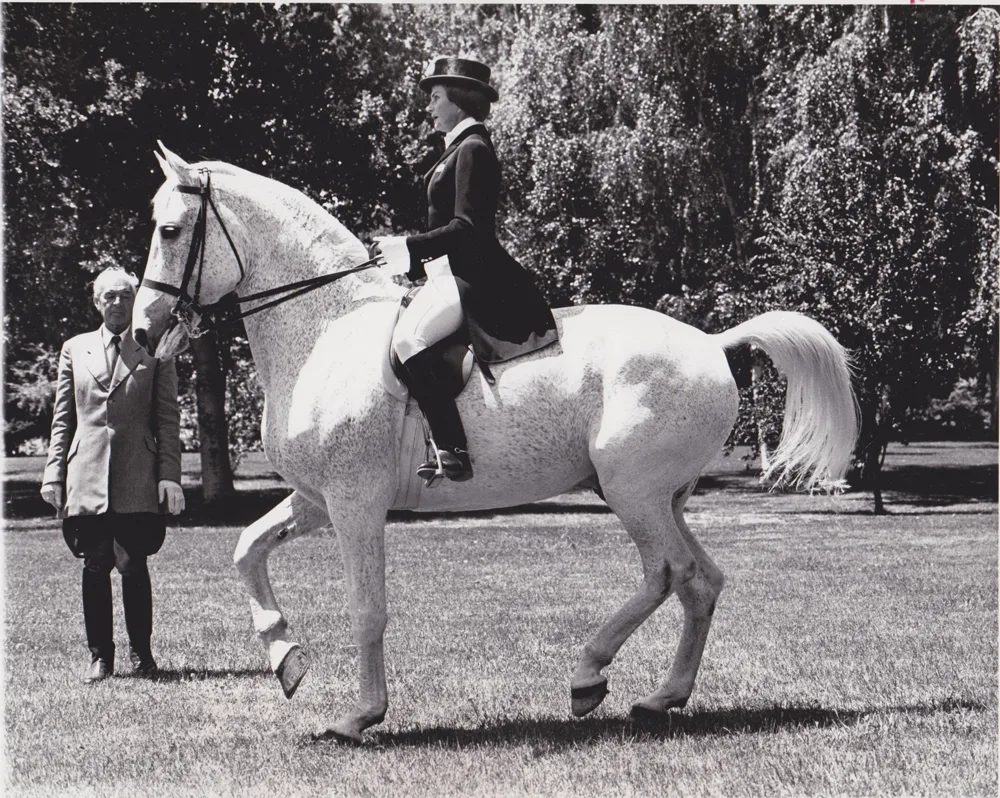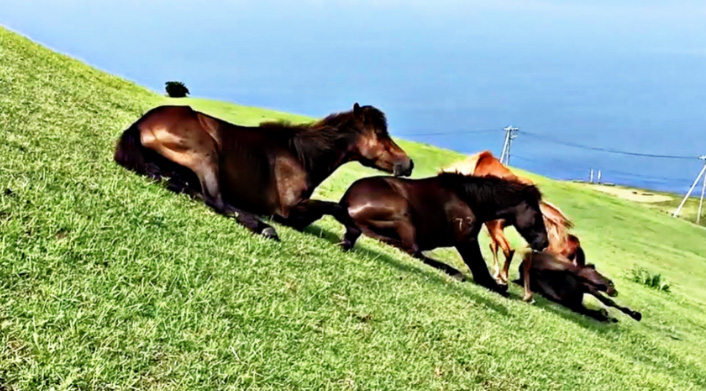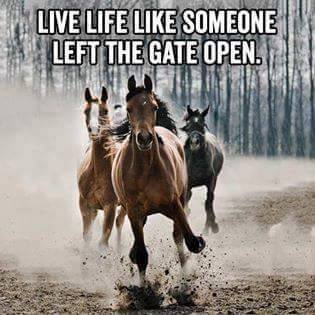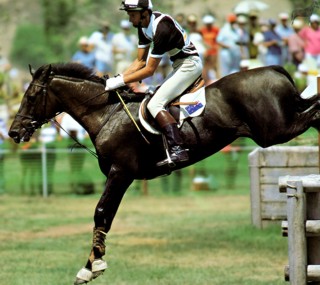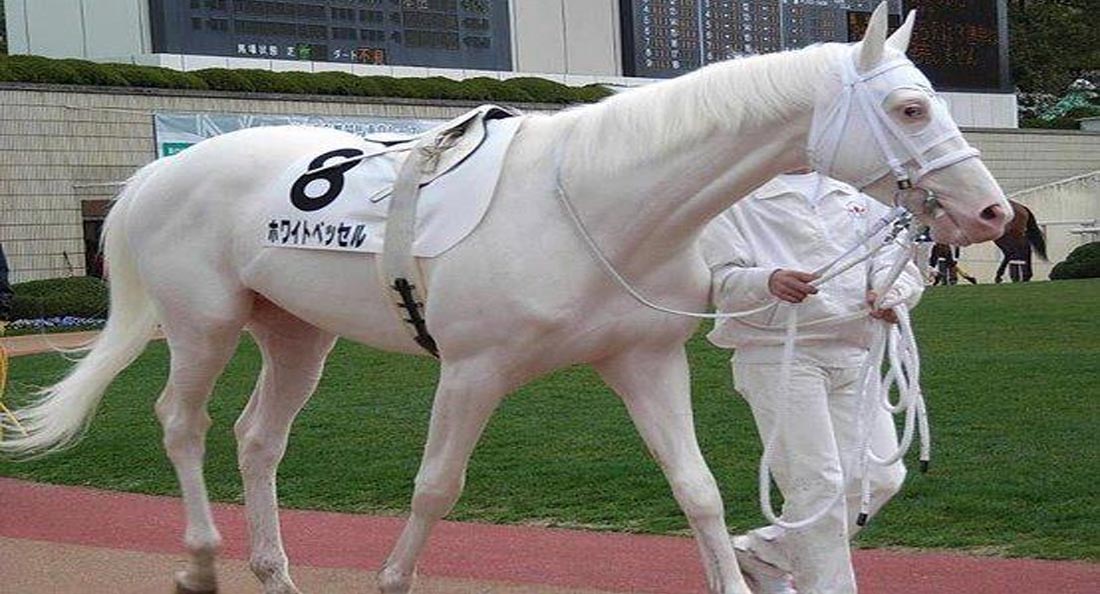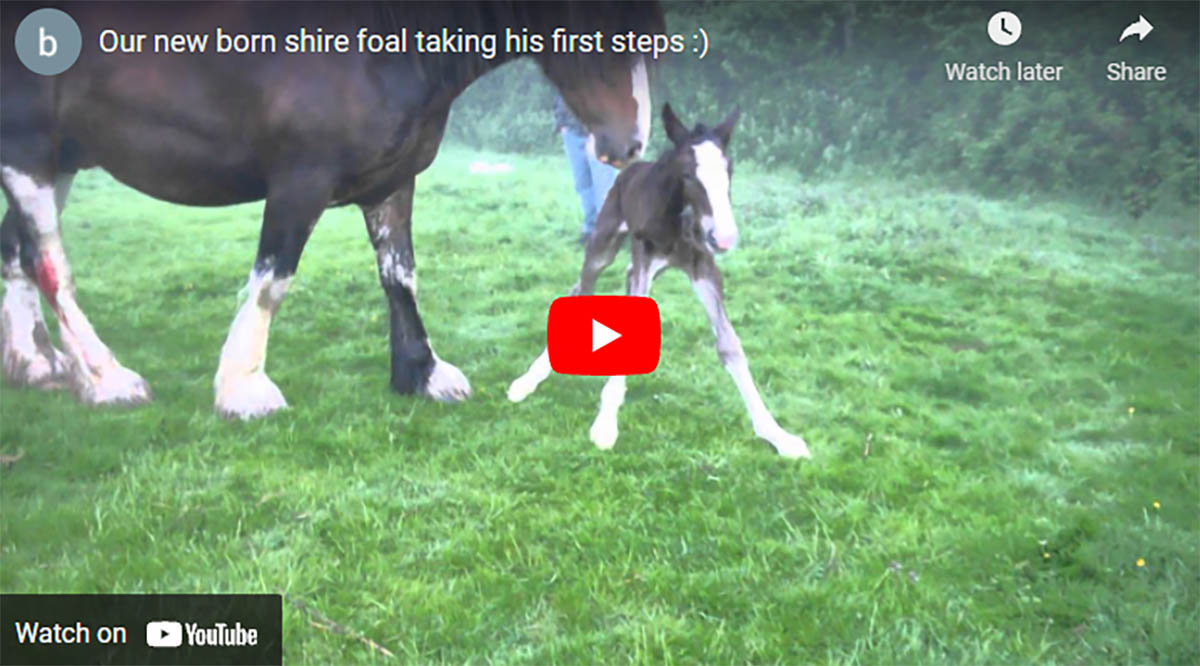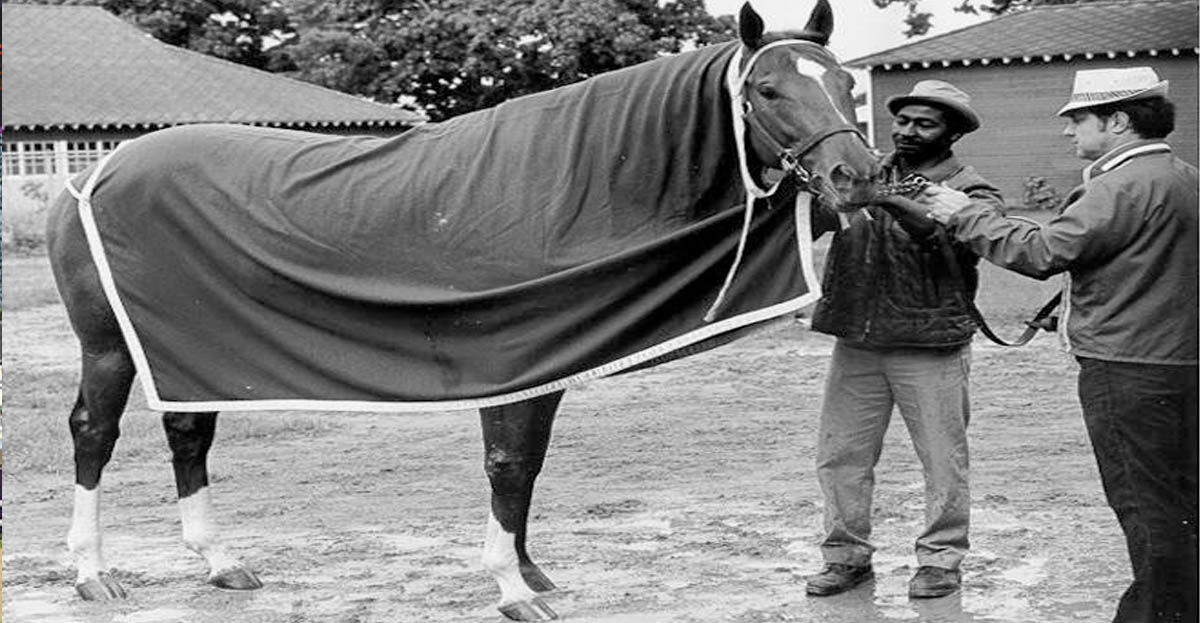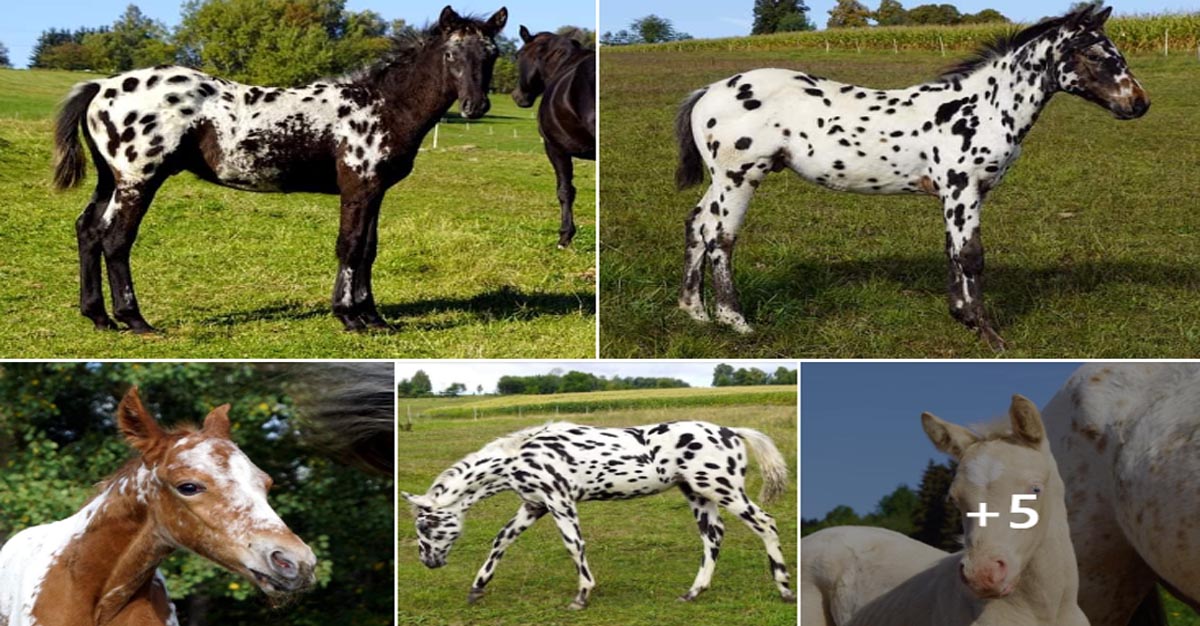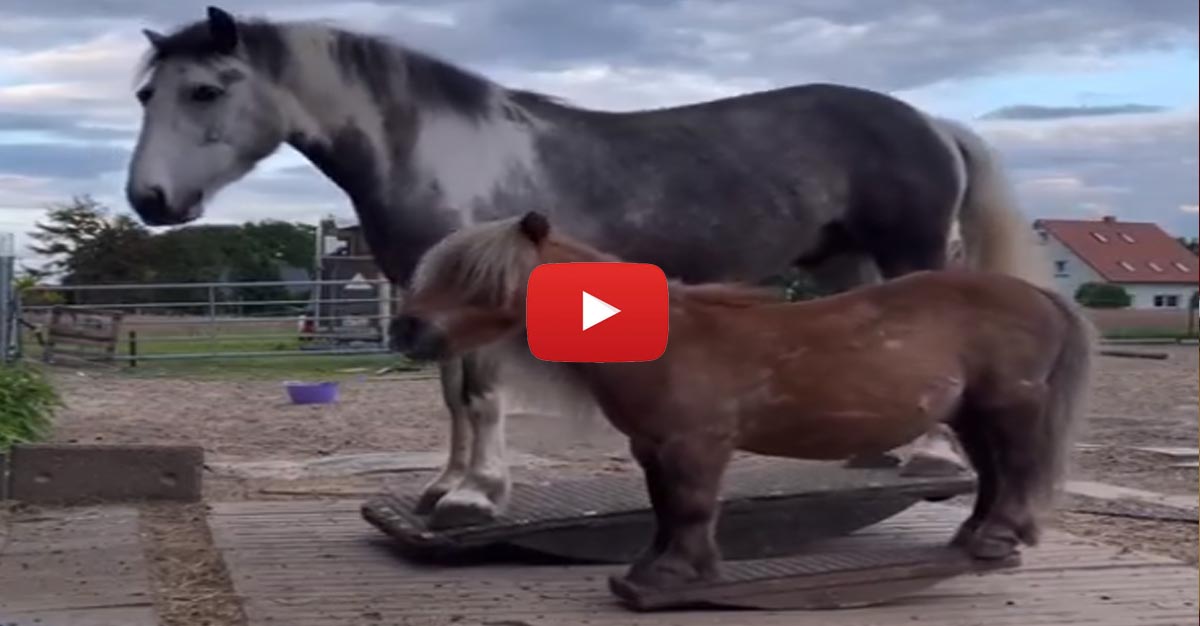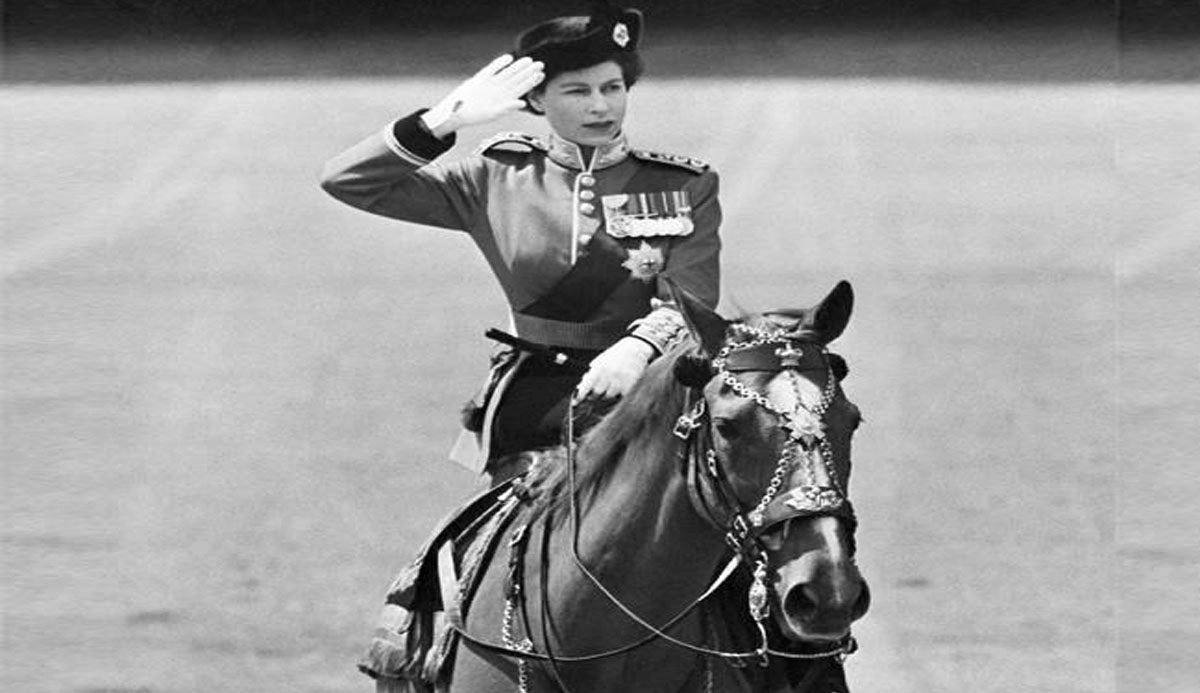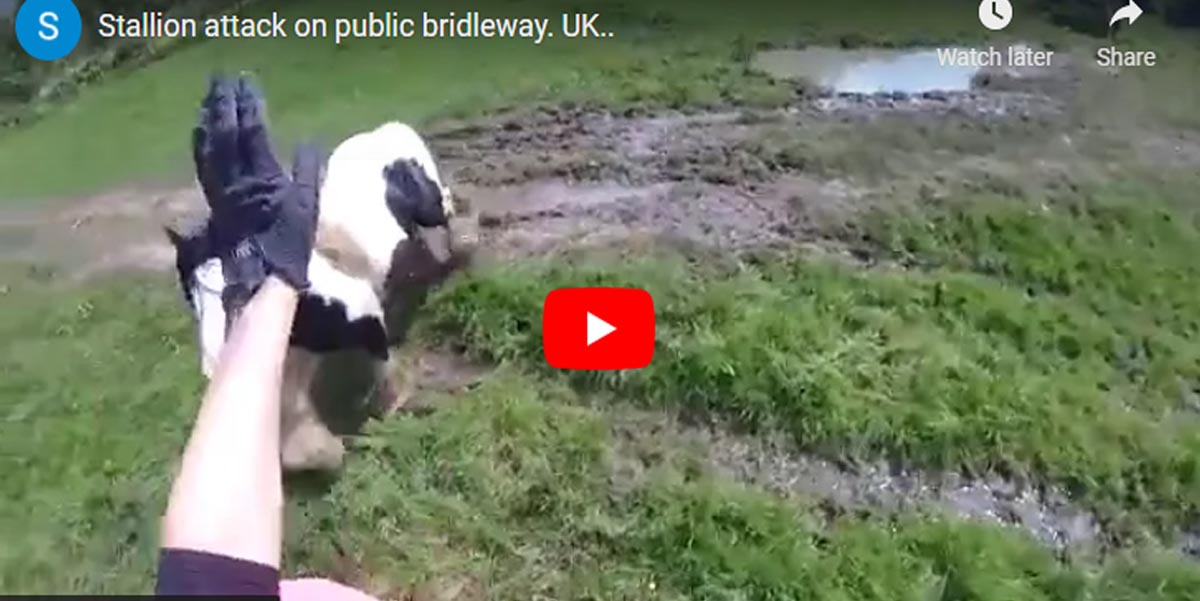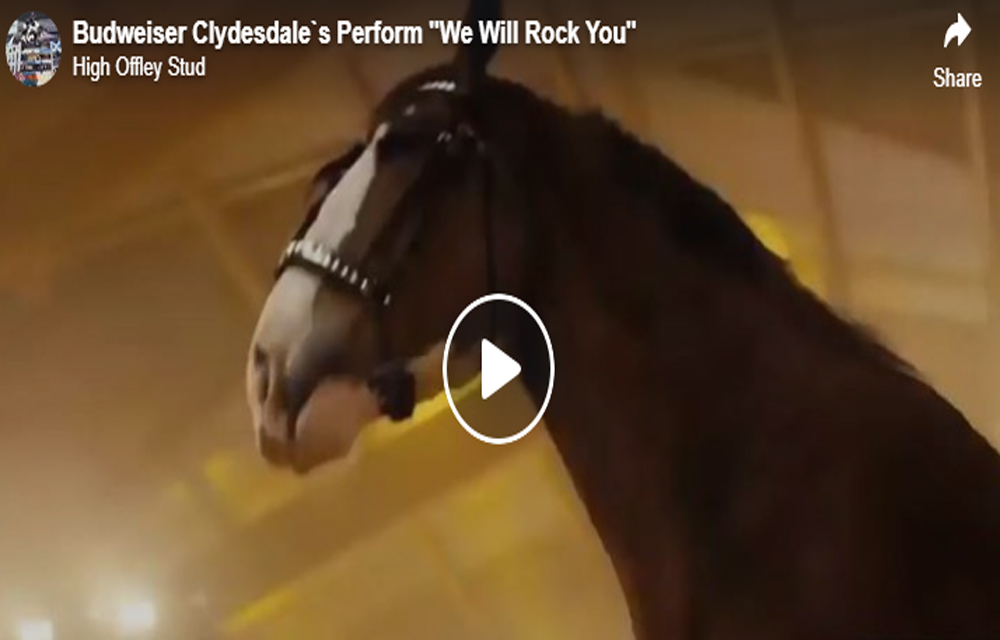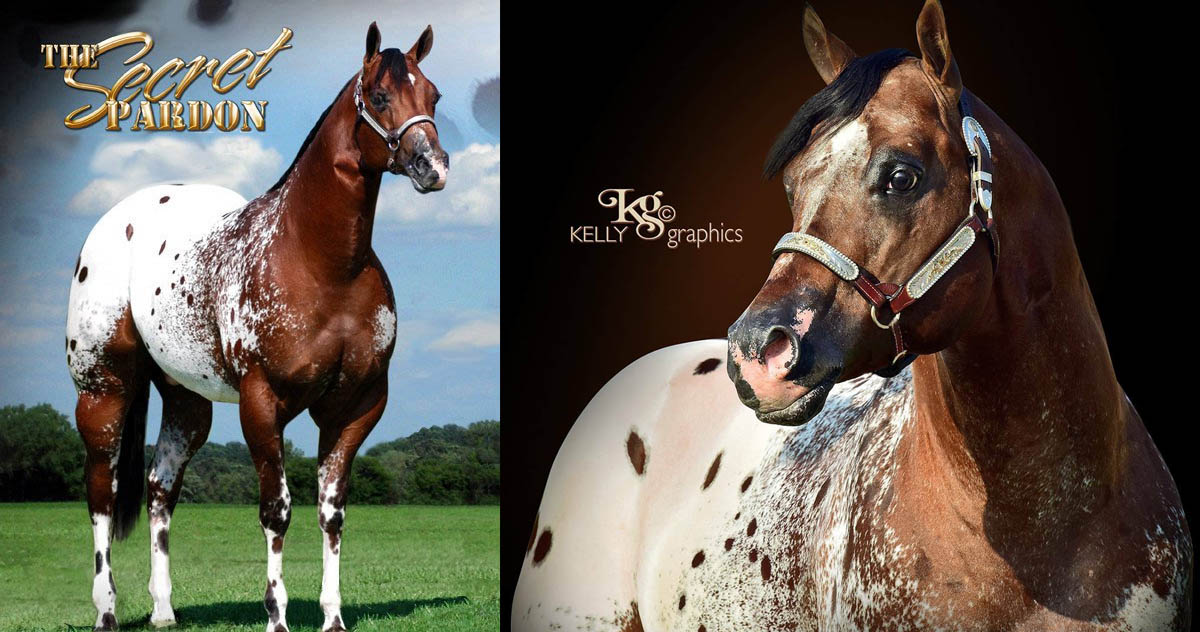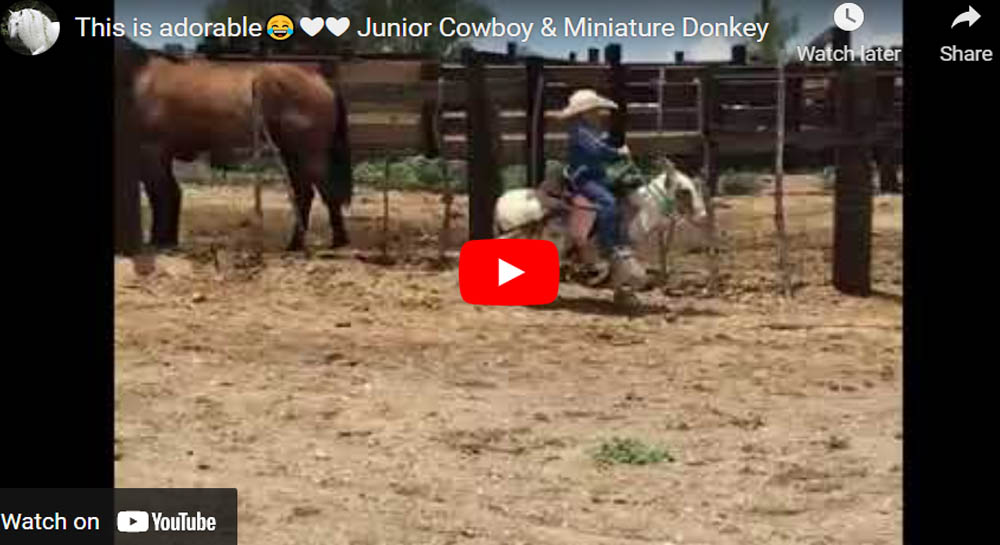Rider Training At The Spanish Riding School
Any rider spends there life learning and improving there riding skills, and the riders at the Spanish riding school must dedicate there whole life training themselves and the famous Lippizaner stallions that they ride.
Most riders start at the Spanish riding school between the age of 15 - 18 and for most new prospective riders will spend 3 - 5 years as stable hands / grooms learning the knowledge and understanding of horse care. Throughout this period these perspective student will receive training and guidance from the current performance riders as well as some instructors who are still based at the riding school. Only a select few will progress from this stage and achieve student status
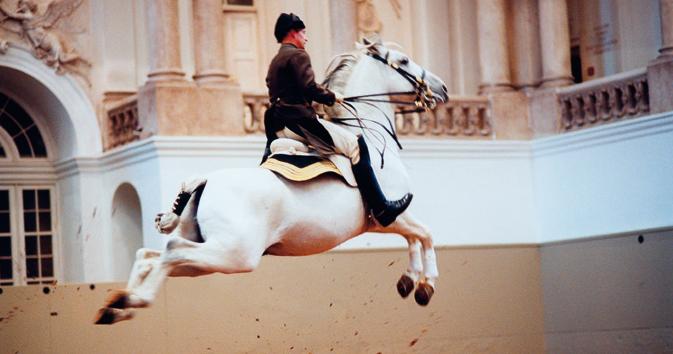
The student years are dominated by training in the riding arena. Aim is the consummate presentation of a trained school stallion in a show. If the student gets approval from the riding school, he is appointed as candidate rider. This means that he receives his first young stud, whose entire training rests on his shoulders. As soon as this horse is presented to the public in a show with one of the programme points `all steps and movements` or `great school quadrille`, the candidate rider has fulfilled his accomplishment - he is promoted to the rider status. Below You can watch a student of the Spanish riding school in training lunging with no hands to improve the riders balance.
Rider Training At The Spanish Riding School
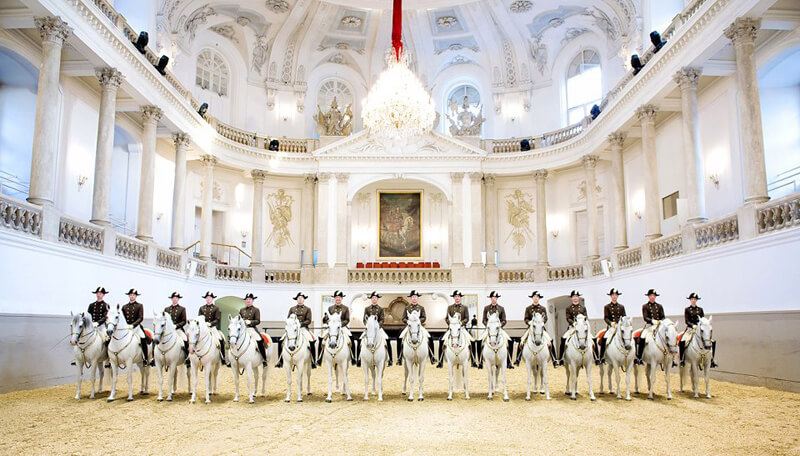 To become chief rider, one requires sufficient experience and special training successes as a rider and as a teacher. This status is reserved for only a few. Currently, besides the first chief rider, the Spanish Riding School has only one other member in the riding school with the rank of chief rider. Both of them are responsible for the high quality of the training. Incidentally: The exclusive oral tradition is one of the many lived-through traditions of the Spanish Riding School and is still being kept alive since many generations.
To become chief rider, one requires sufficient experience and special training successes as a rider and as a teacher. This status is reserved for only a few. Currently, besides the first chief rider, the Spanish Riding School has only one other member in the riding school with the rank of chief rider. Both of them are responsible for the high quality of the training. Incidentally: The exclusive oral tradition is one of the many lived-through traditions of the Spanish Riding School and is still being kept alive since many generations.
ContentAdvert Below you can watch a performance of the Vienna Spanish Riding School at London, Wembley
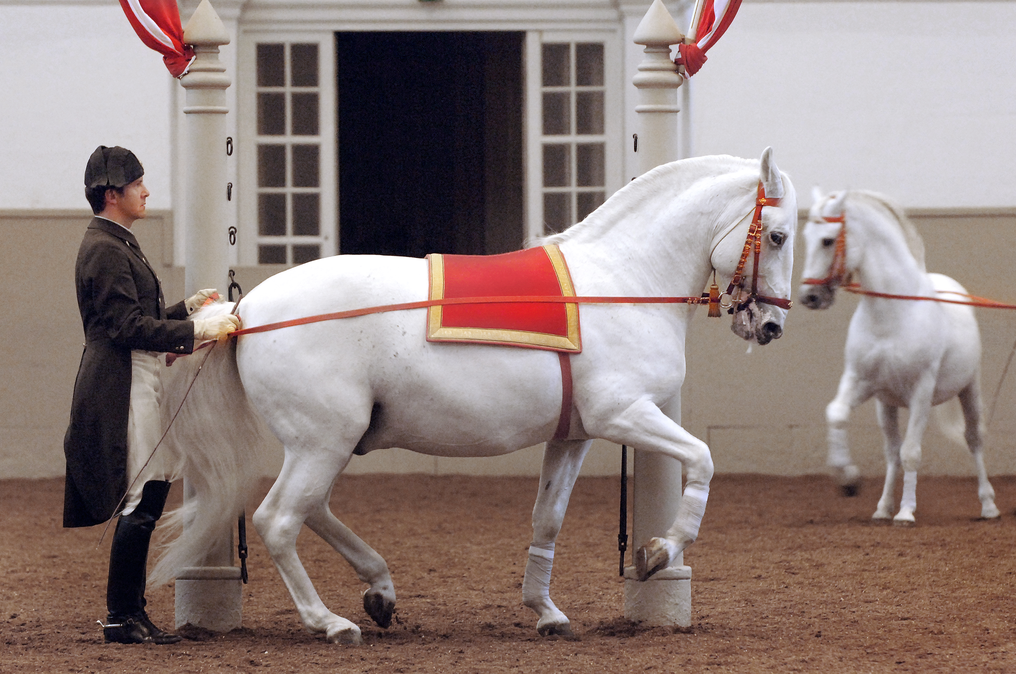
ContentAdvert John Whitaker & Milton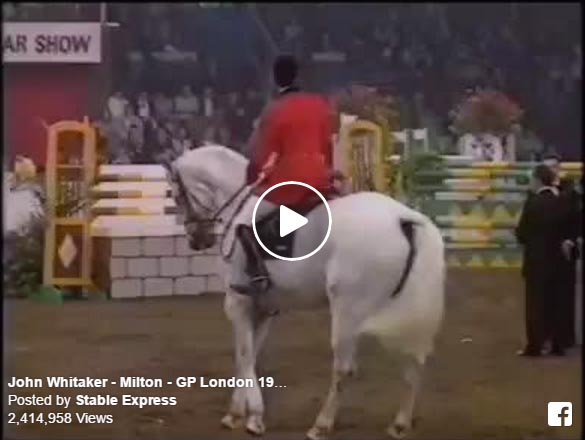
Understanding Your Horses Horsenality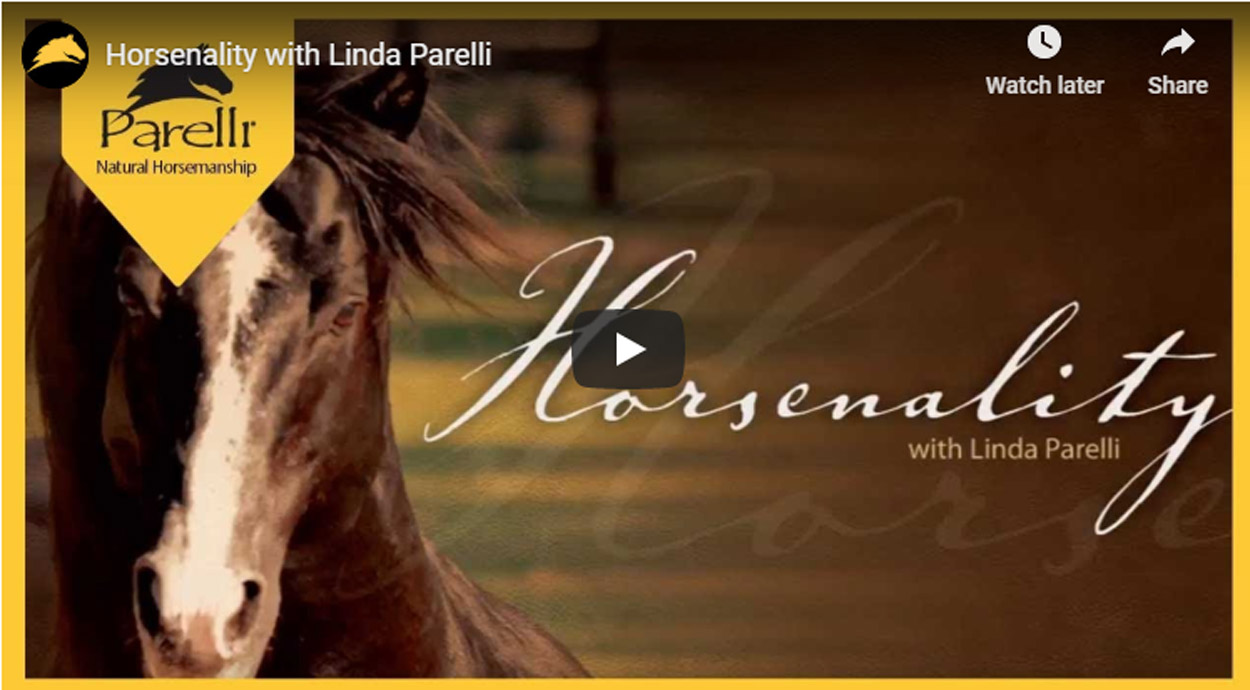
Have More FUN With Your Horse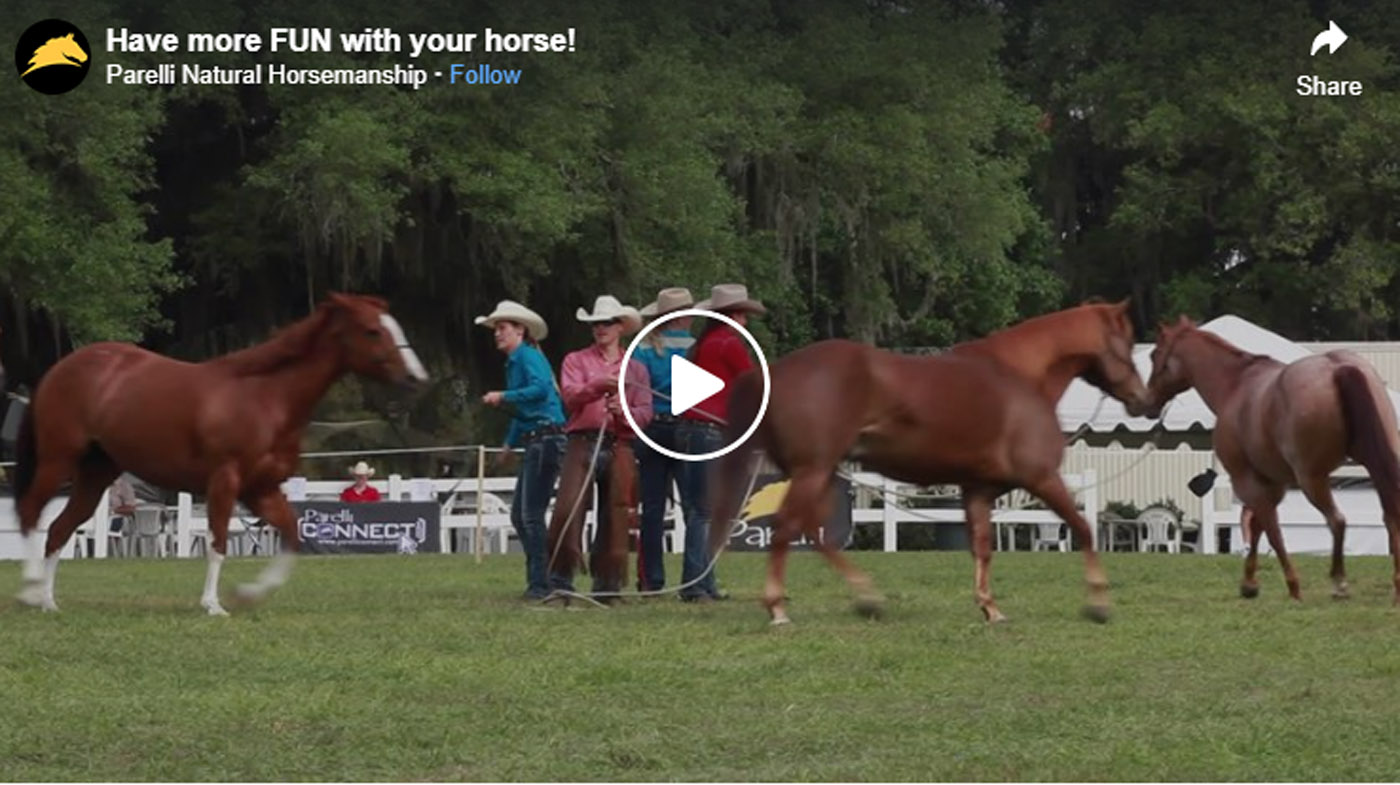
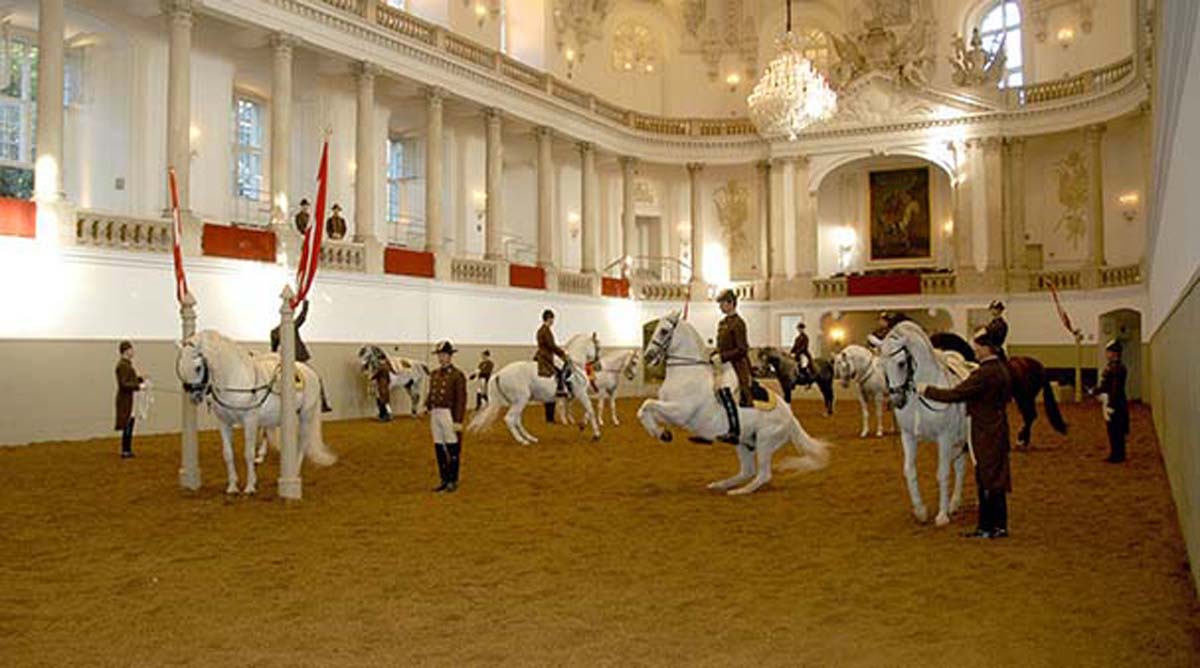
Spring Care for Horses
Spring is the time to gear up for the outdoor riding season. The horses are shedding those big winter coats, everything is covered in hair and a horse groomer`s best friend is a shedding blade.
It`s spring tune up time for horses. (Think of it as getting the oil changed on your car before the motor seizes up except more important because a car has no interest in its own well-being.)
Get the vet out to give your horse a checkup and vaccinations before the mosquitoes hit. Except for tetanus, most diseases we commonly inoculate against are carried by biting insects.
Because of the way horses chew, their molars wear unevenly and can develop points that cut the inside of the cheek. An annual checkup catches potential problems before they affect your horse`s comfort and health, and possibly your safety. If necessary, your veterinarian will float the teeth to smooth sharp edges. Why wait until your horse is dropping his feed or tossing his head while ridden?
Depending on your horse`s feet and the kind of riding you plan to do, you might want to talk to your farrier about shoes. "Au naturel" is best for a lightly ridden horse with good feet, but when hooves wear excessively or split, or your horse moves gingerly on anything but soft ground, shoes are a necessary evil. In any case, proper farrier work is essential to your horse`s comfort and soundness. Avoid problems with a regular six to eight-week trimming schedule whether the hooves look as if they need it or not. (Do you let your fingernails get long and ragged before you file them? Probably not and your fingernails don`t support one thousand plus pounds of horse.)
With nice weather, we want to spring into riding and summer pleasures, but if we overdo it in the first flush of spring, we may not have such a good summer.
Unless you`ve been riding all winter, you and your horse will both need to get back in condition. And if you have used an indoor arena all winter, be prepared for some high spirits the first ride or two outside. Start slowly with lots of walking. Build up muscle and wind gradually over a couple of months before you head out to the mountains. Consider also that your horse`s skin will need to become re-accustomed to saddle and girth. Watch for signs that the girth is rubbing before a sore develops.
Spring is also the season to guard against laminitis. Introduce your horse gradually to pasture. During the transition to rich spring grass, continue feeding hay and limit the amount of grazing. It`s a great temptation to simply turn the horses out on grass as soon as possible, but if your horse does founder, he`ll be compromised for the rest of his life.
Most riders start at the Spanish riding school between the age of 15 - 18 and for most new prospective riders will spend 3 - 5 years as stable hands / grooms learning the knowledge and understanding of horse care. Throughout this period these perspective student will receive training and guidance from the current performance riders as well as some instructors who are still based at the riding school. Only a select few will progress from this stage and achieve student status

The student years are dominated by training in the riding arena. Aim is the consummate presentation of a trained school stallion in a show. If the student gets approval from the riding school, he is appointed as candidate rider. This means that he receives his first young stud, whose entire training rests on his shoulders. As soon as this horse is presented to the public in a show with one of the programme points `all steps and movements` or `great school quadrille`, the candidate rider has fulfilled his accomplishment - he is promoted to the rider status. Below You can watch a student of the Spanish riding school in training lunging with no hands to improve the riders balance.
Rider Training At The Spanish Riding School

ContentAdvert Below you can watch a performance of the Vienna Spanish Riding School at London, Wembley

ContentAdvert John Whitaker & Milton

Understanding Your Horses Horsenality

Have More FUN With Your Horse


Antar Khamis Saif Al Ali
Antar Khamis Saif Al Ali - UAESpring Care for Horses
Spring is the time to gear up for the outdoor riding season. The horses are shedding those big winter coats, everything is covered in hair and a horse groomer`s best friend is a shedding blade.
It`s spring tune up time for horses. (Think of it as getting the oil changed on your car before the motor seizes up except more important because a car has no interest in its own well-being.)
Get the vet out to give your horse a checkup and vaccinations before the mosquitoes hit. Except for tetanus, most diseases we commonly inoculate against are carried by biting insects.
Because of the way horses chew, their molars wear unevenly and can develop points that cut the inside of the cheek. An annual checkup catches potential problems before they affect your horse`s comfort and health, and possibly your safety. If necessary, your veterinarian will float the teeth to smooth sharp edges. Why wait until your horse is dropping his feed or tossing his head while ridden?
Depending on your horse`s feet and the kind of riding you plan to do, you might want to talk to your farrier about shoes. "Au naturel" is best for a lightly ridden horse with good feet, but when hooves wear excessively or split, or your horse moves gingerly on anything but soft ground, shoes are a necessary evil. In any case, proper farrier work is essential to your horse`s comfort and soundness. Avoid problems with a regular six to eight-week trimming schedule whether the hooves look as if they need it or not. (Do you let your fingernails get long and ragged before you file them? Probably not and your fingernails don`t support one thousand plus pounds of horse.)
With nice weather, we want to spring into riding and summer pleasures, but if we overdo it in the first flush of spring, we may not have such a good summer.
Unless you`ve been riding all winter, you and your horse will both need to get back in condition. And if you have used an indoor arena all winter, be prepared for some high spirits the first ride or two outside. Start slowly with lots of walking. Build up muscle and wind gradually over a couple of months before you head out to the mountains. Consider also that your horse`s skin will need to become re-accustomed to saddle and girth. Watch for signs that the girth is rubbing before a sore develops.
Spring is also the season to guard against laminitis. Introduce your horse gradually to pasture. During the transition to rich spring grass, continue feeding hay and limit the amount of grazing. It`s a great temptation to simply turn the horses out on grass as soon as possible, but if your horse does founder, he`ll be compromised for the rest of his life.



